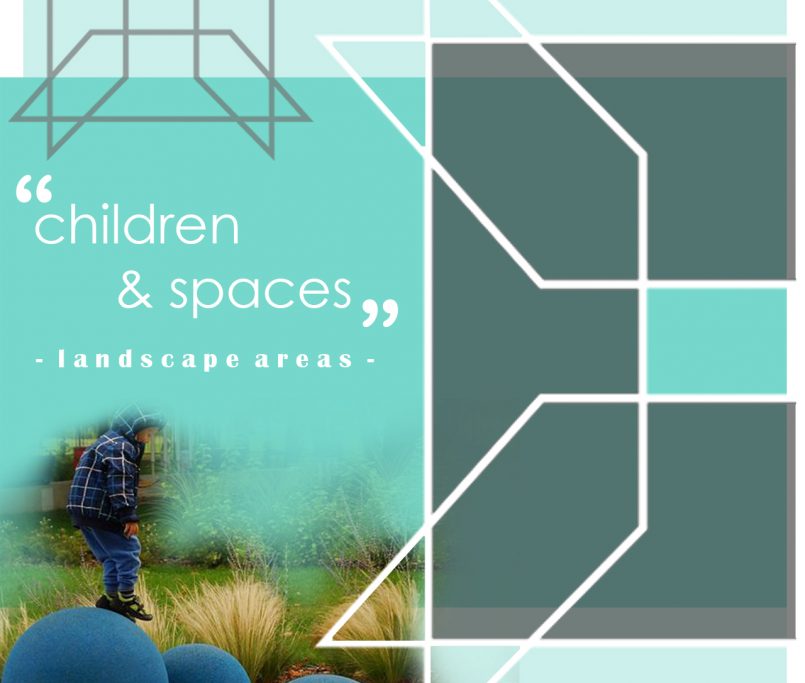Is Vertical Architecture a “Suicide” or a Necessity

99 Golcuk, 2011 Van, 2020 Izmir and Elazig earthquakes, the topic that came to the agenda and discussed is “Vertical” architecture…
I will never go into the political debates of this subject, but I believe that it is important for all readers to look at the subject from the perspective of a curious architect “wife”.
First of all, there is no such term as “vertical architecture” in architecture. Multi-storey building is the most appropriate term for this purpose. Well, let’s take a look at when the first examples of this multi-storey architecture were found in Turkey and why it was needed.
First Examples
My research on the first examples led me to Wikipedia (thankfully we can access it without DNS). According to an article published on Wikipedia, we encounter the first examples of high-rise architectural structures in Ankara in the 1960s. Kahramanlar Business Center, considered as the first skyscraper built in the history of the Republic of Turkey, was followed by other major cities in subsequent periods.(Wikipedia, 2022)
nsure maximum comfort, features cushions finished with a piping that defines their profile and a distinctive aluminium strip, slightly rounded at the edges which skims the floor, in a brand new polished Brandy colour finish.
Development
As can be seen from the first example, the need for multi-storey buildings was initiated to provide service for crowded working environments in a single building (business center). This trend was followed by major cities such as Istanbul and Izmir in subsequent periods.
So why are building designs known as “vertical architecture” or commonly referred to as “high/long buildings” starting to become the silhouette of cities?
According to research conducted in Turkey, with the entry of machinery into agriculture, the need for human labor has disappeared and individuals who have become unemployed have initiated internal migration towards the cities that are striving for industrialization (ŞEN, 2014).
However, the large cities that were not prepared for this migration wave initially experienced a serious shanty town problem. I will leave a news article about Istanbul, which is the city where this problem has reached its peak, for your interest. It is quite thought-provoking that, in later periods, pardons were given to the owners of illegally constructed “shanty houses” for political gains, and permits for constructing multi-storey buildings were granted.
http://arsiv.ntv.com.tr/news/42048.asp?cp1=1
With the increasing migration to big cities, particularly after the 2000s, construction activities have gained momentum and skyscrapers have gradually become an indispensable part of the city skyline. (Wikipedia, 2022)
Initially, multi-story building designs, which were used for business purposes, were allowed to be used for individual housing as well, providing a “quick” solution to the migration wave. However, due to the increasing demand and profit motives, narrow, sunless, and nature-detached (lacking trees, bird sounds, and any other natural elements) concrete city planning continues to ignore “architectural” values, hindering natural airflow.
Conclusion
A architect cannot be against the design of high-rise buildings if it is a necessity. If people are allowed to live in livable, safe (earthquake-resistant), and peaceful environments, designing them can be very easy. When foreign examples are observed, it can be said that Western countries plan their cities beforehand and implement infrastructure services according to this planning. It should not be difficult to do the same in our country. A city planning without profit, with high-rise or low-rise buildings in predetermined settlements, can be quite feasible.
So, let’s come back to the question in the title of the article: Is vertical architecture a necessity? In my opinion, it is not, but when we consider the multifaceted reasons behind the emergence of the term “vertical architecture” in our country, it can be designed with respect to architectural values when necessary.
It is clear that the problem of internal and external migration cannot be solved quickly, and housing will continue to be the most basic need today as it was yesterday.
It is high time to bring together experts in the field to develop a city planning and zoning policy for all cities. However, as long as “amnesties” (such as tax amnesty, zoning amnesty, etc.) continue in our country, I believe that many values will continue to be abused by relevant individuals, otherwise designing earthquake-resistant structures is relatively easy for architects.
Seyfettin SÜNGER
Curious Architect Wife 😊

